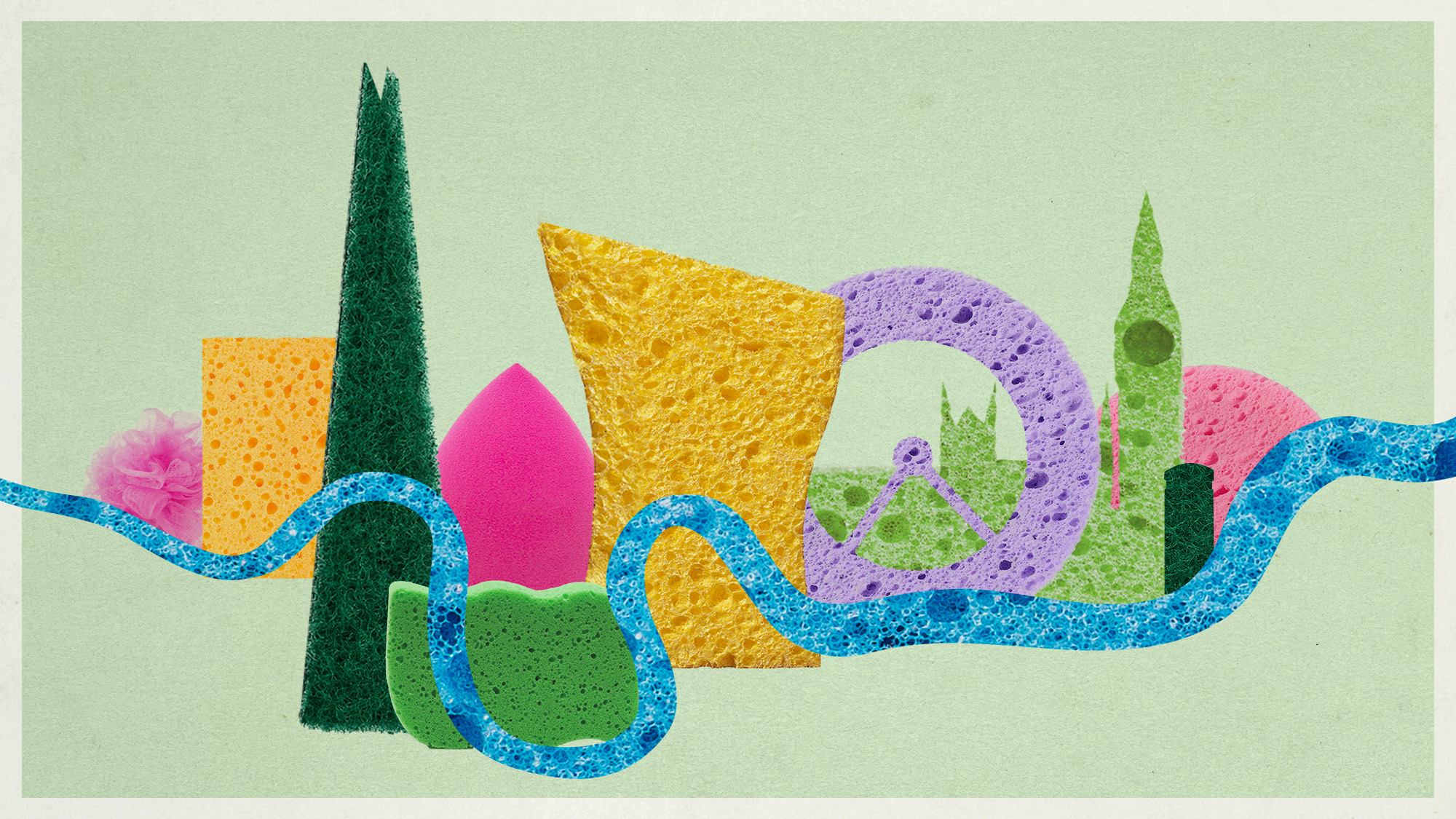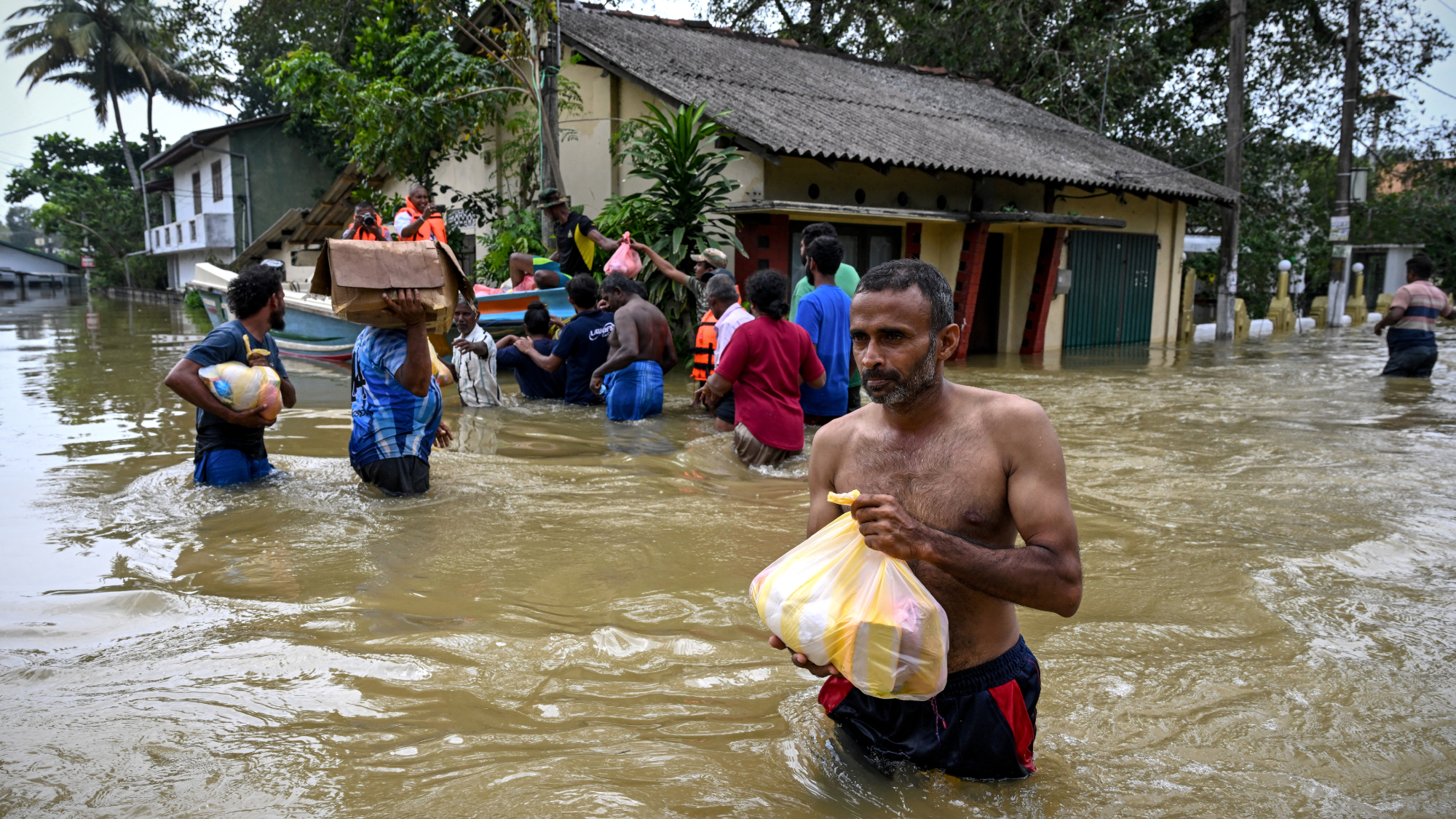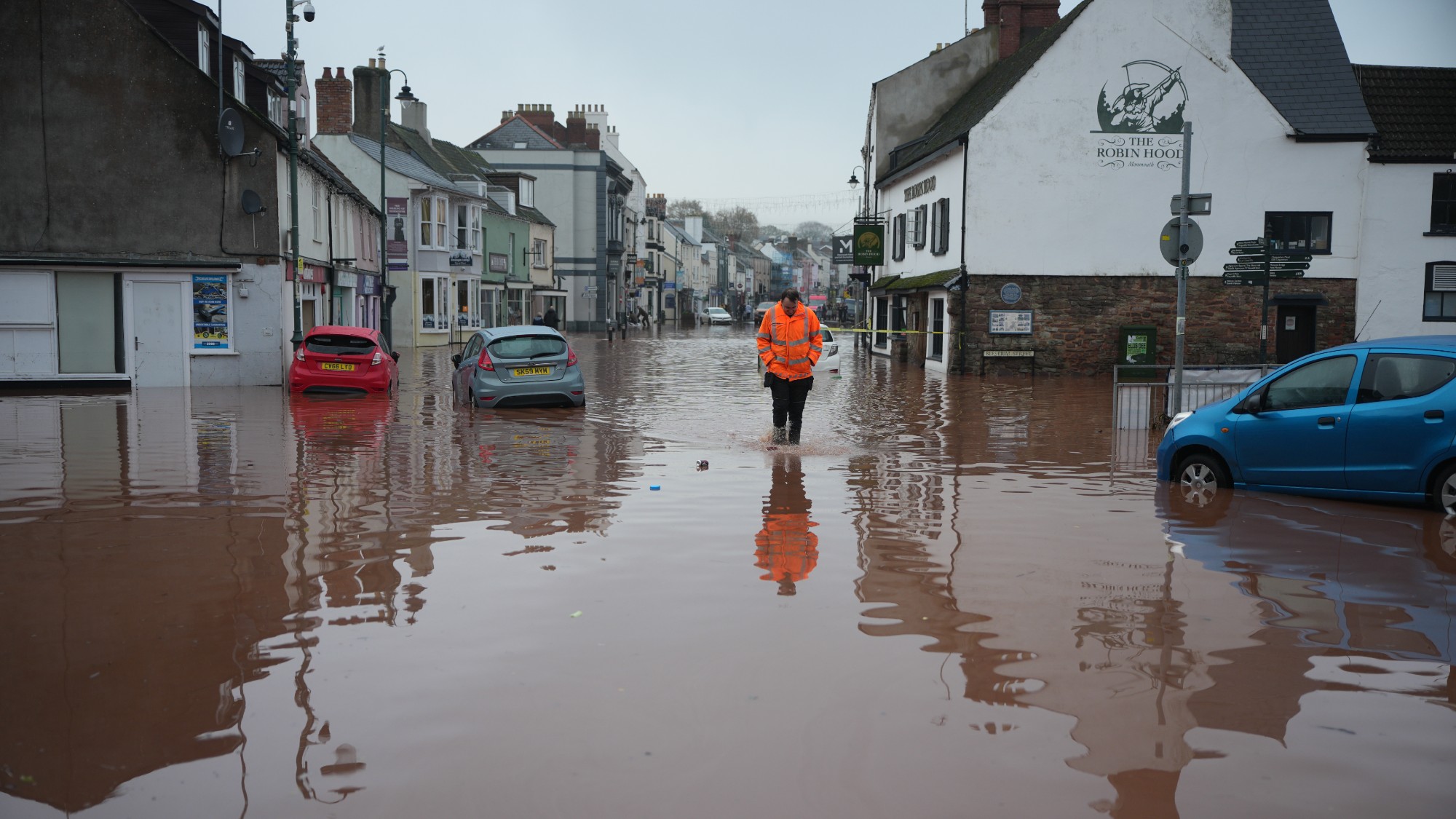What are sponge cities and can London become one?
Use of green and blue spaces to drain excess water is growing but implementing measures can be difficult

Flooding in London three years ago caused widespread damage and disruption. One way to avoid a repeat is for the capital to become more… spongy.
Sponge cities use green spaces like parklands and blue spaces like lakes and rivers to absorb rainwater and allow it to drain away safely. Given that flash flooding has been named a "lethal risk" to people living in London, the park-rich capital seems a natural fit for the concept. But it might not be that simple.
What are sponge cities?
The concrete jungles of the 21st century are proving inadequate in the face of increased rainfall and surface flooding. This type of flooding happens when large amounts of rain fall on "hard, impervious surfaces such as concrete, overwhelming the local drainage system", said the BBC. As more rain falls the system backs up, "leaving water to pool on roads and pavements".
The Week
Escape your echo chamber. Get the facts behind the news, plus analysis from multiple perspectives.

Sign up for The Week's Free Newsletters
From our morning news briefing to a weekly Good News Newsletter, get the best of The Week delivered directly to your inbox.
From our morning news briefing to a weekly Good News Newsletter, get the best of The Week delivered directly to your inbox.
In the UK, sewage and rainwater are often carried in the same pipes, so heavy rainfall can lead to overflows of polluting wastewater into our waterways. A sponge city is designed to absorb rainwater by using green and blue spaces to lower the amount of excess rainwater entering the sewerage system.
Sponge cities "mimic natural processes", said The Rivers Trust, allowing urban areas to "absorb, store, and purify rainwater, much like a sponge soaks up water". They deploy various green infrastructure techniques, including permeable pavements, green roofs and urban wetlands, to slow down the flow of rainwater and gradually release it into rivers and streams.
The natural systems of sponge cities "not only catch the water", said CPRE London, but "store and purify it, alleviate water shortage, support habitat and biodiversity, and keep cities cool rather than asphalt-heavy cities which insulate heat".
Cities such as Shanghai, New York and Cardiff are already "embracing their 'sponginess' through inner-city gardens, improved river drainage and plant-edged sidewalks", said Climate Champions.
A free daily email with the biggest news stories of the day – and the best features from TheWeek.com
But some researchers have criticised the model, said Jenny Knowles in a blog on MDPI. She argued that it is "not suitable for extreme, large-scale flooding" and that in denser areas, there may be "insufficient space to implement sponge city features".
Could London become a sponge city?
London has "an array of green spaces" with an estimated 8.4 million trees, so you might imagine it is spongy already. But in 2022 a development firm used computer modelling to compare London's sponginess with seven other cities: Auckland, Mumbai, Nairobi, New York, Shanghai, Singapore and Sydney. It found that London ranked sixth, ahead of only Sydney.
In 2021, torrential rain "battered" London, said the BBC, damaging thousands of properties, flooding dozens of Tube stations and causing patients to be evacuated from hospital wards. Following that chaos, City Hall created the Surface Water Strategic Group to draw up a new flooding strategy for the capital.
A spongy feature being considered is the use of sustainable drainage systems (SuDS) but sceptics say that SuDS take up valuable space for parking and they need regular maintenance, which would need to be carried out by local residents. London is also very built-up so creating new green spaces is difficult and can be unpopular.
"As a concept, sponge cities is great; the issue is with its implementation," Susanne Charlesworth, professor of urban geography at Coventry University, told the BBC. But Alastair Chisholm, director of policy at the Chartered Institution of Water and Environmental Management, said it is "one of the most deliverable solutions we can do". He called on "all of our political leaders to really push the concept of sponge cities".
Chas Newkey-Burden has been part of The Week Digital team for more than a decade and a journalist for 25 years, starting out on the irreverent football weekly 90 Minutes, before moving to lifestyle magazines Loaded and Attitude. He was a columnist for The Big Issue and landed a world exclusive with David Beckham that became the weekly magazine’s bestselling issue. He now writes regularly for The Guardian, The Telegraph, The Independent, Metro, FourFourTwo and the i new site. He is also the author of a number of non-fiction books.
-
 Why is Trump’s alleged strike on Venezuela shrouded in so much secrecy?
Why is Trump’s alleged strike on Venezuela shrouded in so much secrecy?TODAY'S BIG QUESTION Trump’s comments have raised more questions than answers about what his administration is doing in the Southern Hemisphere
-
 Vance’s ‘next move will reveal whether the conservative movement can move past Trump’
Vance’s ‘next move will reveal whether the conservative movement can move past Trump’Instant Opinion Opinion, comment and editorials of the day
-
 Why recognizing Somaliland is so risky for Israel
Why recognizing Somaliland is so risky for IsraelTHE EXPLAINER By wading into one of North Africa’s most fraught political schisms, the Netanyahu government risks further international isolation
-
 Environment breakthroughs of 2025
Environment breakthroughs of 2025In Depth Progress was made this year on carbon dioxide tracking, food waste upcycling, sodium batteries, microplastic monitoring and green concrete
-
 Crest falling: Mount Rainier and 4 other mountains are losing height
Crest falling: Mount Rainier and 4 other mountains are losing heightUnder the radar Its peak elevation is approximately 20 feet lower than it once was
-
 Death toll from Southeast Asia storms tops 1,000
Death toll from Southeast Asia storms tops 1,000speed read Catastrophic floods and landslides have struck Sri Lanka, Indonesia, Thailand and Malaysia
-
 Can for-profit geoengineering put a pause on climate change?
Can for-profit geoengineering put a pause on climate change?In the Spotlight Stardust Solutions wants to dim the sun. Scientists are worried.
-
 How will climate change affect the UK?
How will climate change affect the UK?The Explainer Met Office projections show the UK getting substantially warmer and wetter – with more extreme weather events
-
 Can the UK do more on climate change?
Can the UK do more on climate change?Today's Big Question Labour has shown leadership in the face of fraying international consensus, but must show the public their green mission is ‘a net benefit, not a net cost’
-
 Did Cop30 fulfil its promise to Indigenous Brazilians?
Did Cop30 fulfil its promise to Indigenous Brazilians?Today’s Big Question Brazilian president approves 10 new protected territories, following ‘unprecedented’ Indigenous presence at conference, both as delegates and protesters
-
 Can the world adapt to climate change?
Can the world adapt to climate change?Today's Big Question As the world gets hotter, COP30 leaders consider resilience efforts